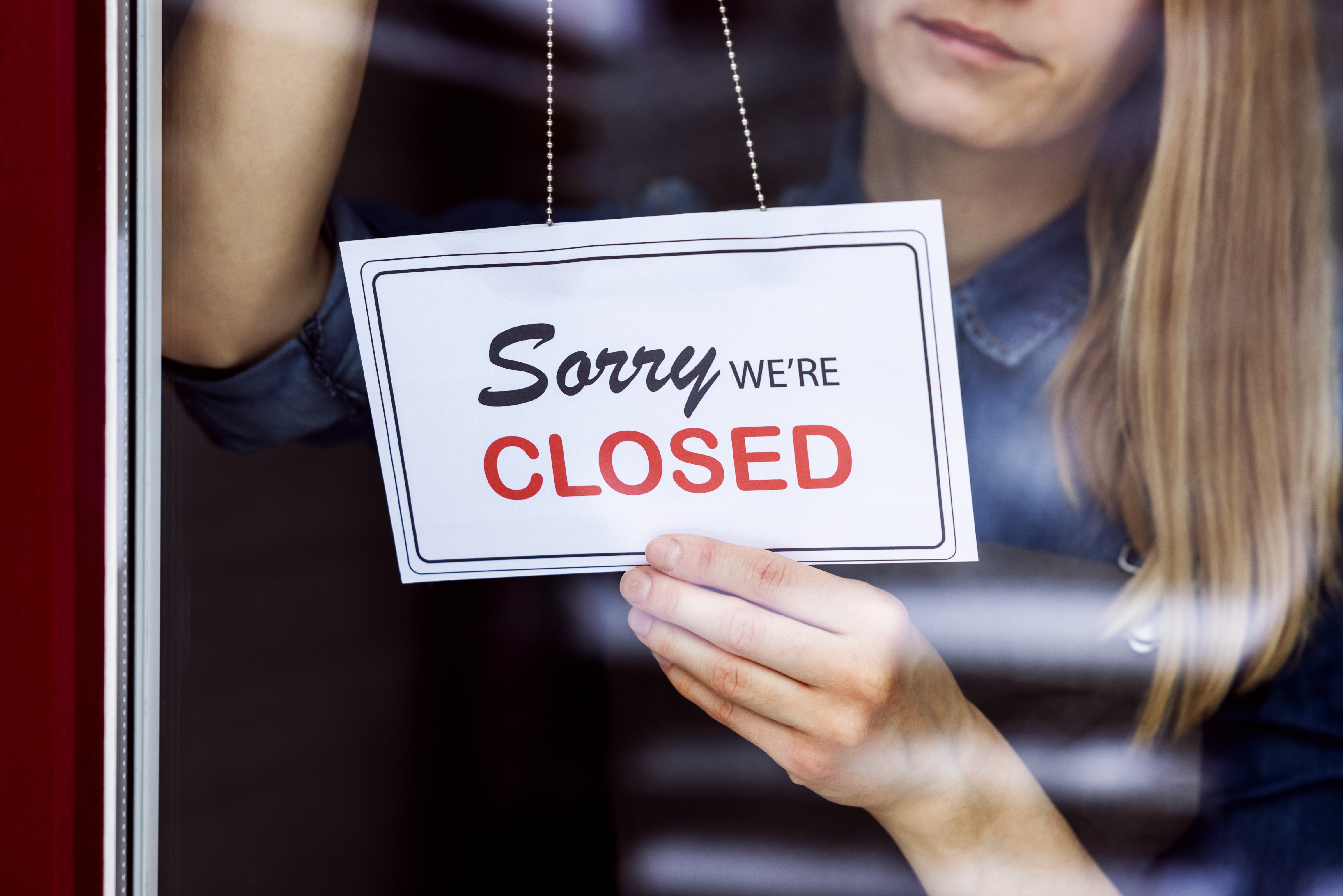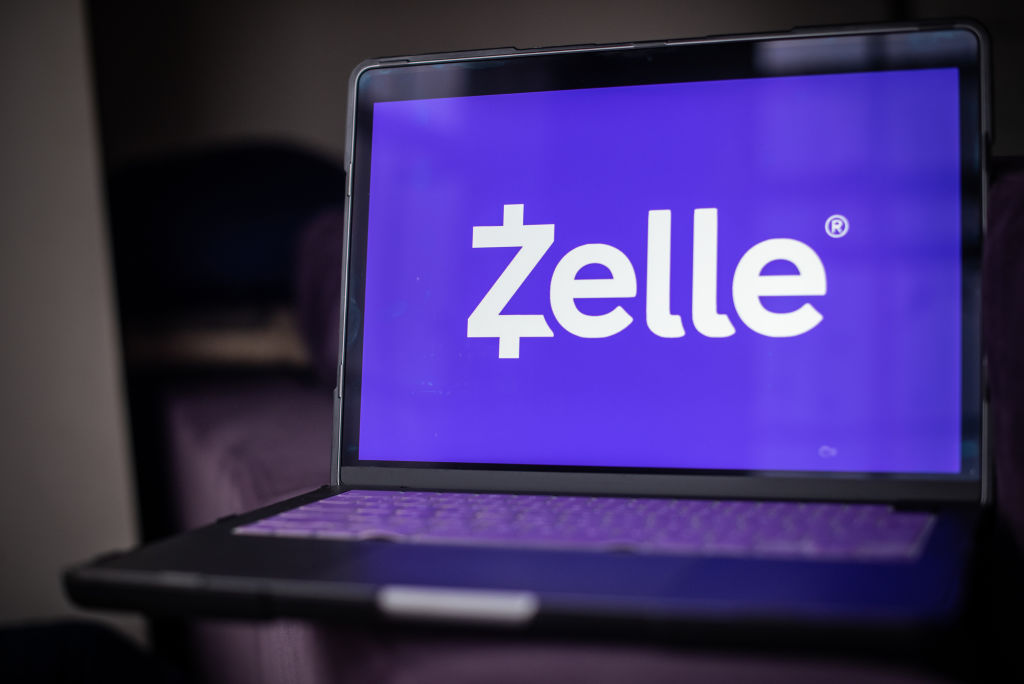Why More People Are Using Small Banks And Credit Unions
More people are considering community banks and credit unions for their lower interest rates and friendlier service.

Getting a credit card from a larger bank sounds like a good idea. After all, some come with generous cash back rewards to help you save on everyday purchases.
However, larger financial institutions don't always have the best customer service, and people are starting to take notice, according to a recent study.
68% of national banks last year issued consumers their primary cards and have an even stronger lead among consumers who also bank with them, according to the study by PYMNTS Intelligence and Elan Credit Card. This, however, is a significant decline from the 76% that big banks issued in 2020, as shown in the study, which surveyed 2,088 U.S. consumers who earn more than $100,000 annually.

Sign up for Kiplinger’s Free E-Newsletters
Profit and prosper with the best of expert advice on investing, taxes, retirement, personal finance and more - straight to your e-mail.
Profit and prosper with the best of expert advice - straight to your e-mail.
By contrast, credit unions and small banks — which still have relatively small market shares — have increased their shares over the same time period. Credit unions grew their share of primary credit cards from 6% in 2020 to 8.3% in 2023, while community banks increased theirs from 2.3% to 5.1% in the same time period.
The numbers aren’t massive, but they certainly indicate some shifting preferences, especially, as the study states, national banks trend in the opposite direction. In addition, one in four survey participants said they are most likely to use either a credit union or community bank for their next credit card application.
“Though modest in absolute terms, these shifts represent sizable relative gains,” PYMNTS and Elan say in the study.
The appeal of going small
There are a number of reasons to consider joining a credit union or community bank, especially during unsettling financial times.
Credit unions usually tout lower interest rates than national banks. The reason for this is that they're member-owned, meaning everyone who has an account with them is a partial owner.
Because many don't pay out to shareholders, they can keep their rates lower, giving them an edge on larger financial institutions. And it could save you hundreds of dollars over the life of the loan in interest fees.
It can also help you save more money quicker, as they tend to have higher rates of return on high-yield savings accounts and CDs.
Banking locally also ensures that your money stays in your community. As shopping and sourcing locally increase in popularity, perhaps so too does banking locally in the interest of community.
According to the study, key features that participants valued most — and that credit unions and small banks could improve on — include rewards and cash-back programs.
If you’re interested in exploring credit unions as an option for your next card, some of Kiplinger’s top picks include Alliant, which offers low fees and attractive CD options, as well as Bellco and Connexus, each for their ranges of free checking account options and savings yields. You can learn more about each one here.
The bottom line
The appeal to going local for banking is slowly growing. With one in four considering community banks or credit unions for their next credit card, it indicates a shift in the way some view smaller financial institutions.
Credit unions do an exceptional job offering lower interest rates on loans and higher rates on savings and CDs. The only drawback to going with smaller options like community banks is you might miss out on better cashback rewards offered by larger banks. Therefore, prioritize what you need from your next credit card or savings account before making the switch.
RELATED CONTENT
Get Kiplinger Today newsletter — free
Profit and prosper with the best of Kiplinger's advice on investing, taxes, retirement, personal finance and much more. Delivered daily. Enter your email in the box and click Sign Me Up.

Jamie Feldman is a journalist, essayist and content creator. After building a byline as a lifestyle editor for HuffPost, her articles and editorials have since appeared in Cosmopolitan, Betches, Nylon, Bustle, Parade, and Well+Good. Her journey out of credit card debt, which she chronicles on TikTok, has amassed a loyal social media following. Her story has been featured in Fortune, Business Insider and on The Today Show, NBC Nightly News, CBS News, and NPR. She is currently producing a podcast on the same topic and living in Brooklyn, New York.
-
 The AI Doctor Coming to Read Your Test Results
The AI Doctor Coming to Read Your Test ResultsThe Kiplinger Letter There’s big opportunity for AI tools that analyze CAT scans, MRIs and other medical images. But there are also big challenges that human clinicians and tech companies will have to overcome.
By John Miley Published
-
 The Best Places for LGBTQ People to Retire Abroad
The Best Places for LGBTQ People to Retire AbroadLGBTQ people can safely retire abroad, but they must know a country’s laws and level of support — going beyond the usual retirement considerations.
By Drew Limsky Published
-
 How to Get Apple TV Plus for just $2.99
How to Get Apple TV Plus for just $2.99For a limited time, you can get three months of Apple TV Plus for just $2.99 per month. Here’s how to get the deal.
By Rachael Green Published
-
 Don’t Panic About the “Retail Blackout” – See Which Stores Are Closing (and Which Aren’t) for Easter 2025
Don’t Panic About the “Retail Blackout” – See Which Stores Are Closing (and Which Aren’t) for Easter 2025Dozens of major retailers are planning to close their doors on April 20. Find out which of your go-to stores are on the list.
By Rachael Green Published
-
 Home Insurance: How to Cut Costs Without Losing Coverage
Home Insurance: How to Cut Costs Without Losing CoverageNatural disasters are causing home insurance premiums to soar, but don't risk dropping your coverage completely when there are ways to keep costs down.
By Jared Elson, Investment Adviser Published
-
 Why Homeowners Insurance Has Gotten So Very Expensive
Why Homeowners Insurance Has Gotten So Very ExpensiveThe home insurance industry is seeing more frequent and bigger claims because of weather, wildfires and other natural disasters.
By Karl Susman, CPCU, LUTCF, CIC, CSFP, CFS, CPIA, AAI-M, PLCS Published
-
 Zelle App Shut Down? Why Zelle Has Discontinued Its App
Zelle App Shut Down? Why Zelle Has Discontinued Its AppWith the Zelle app shut down, learn how you can still use Zelle and which other mobile payment apps you might want to consider.
By Paige Cerulli Published
-
 Use This 1-Year CD if You’ll Owe Taxes Next Year
Use This 1-Year CD if You’ll Owe Taxes Next YearA one-year CD allows you to set money aside now for taxes you'll owe next year. We'll show our best choice.
By Sean Jackson Published
-
 How to Lower Home Insurance Rates When Climate Change Increases Costs
How to Lower Home Insurance Rates When Climate Change Increases CostsA top insurer warns the damage climate change causes is making it cost-prohibitive for insurers in some areas. Learn how to protect your home and lower costs.
By Sean Jackson Published
-
 Stick to the Plan: Don't Panic During Economic Uncertainty
Stick to the Plan: Don't Panic During Economic UncertaintyTake a breath and step back. Focus on a solid fiscal foundation to stabilize your investments during stock market volatility.
By Eric Lahaie, CFS®, RICP® Published